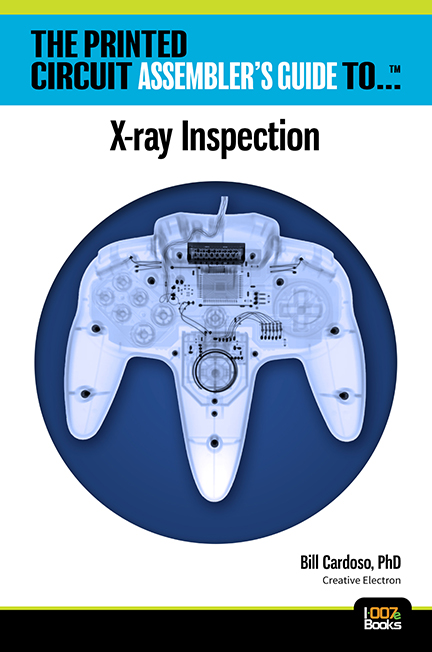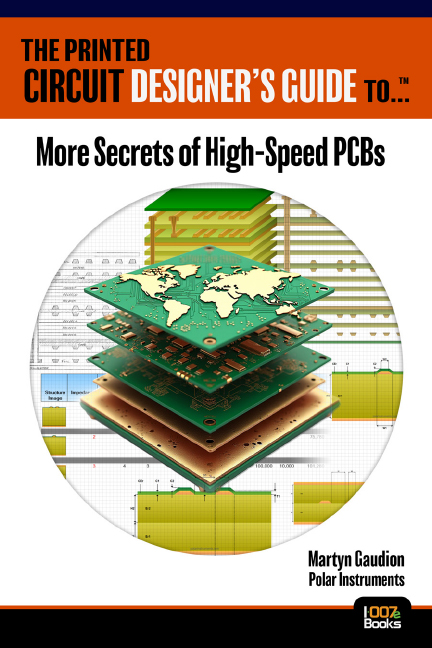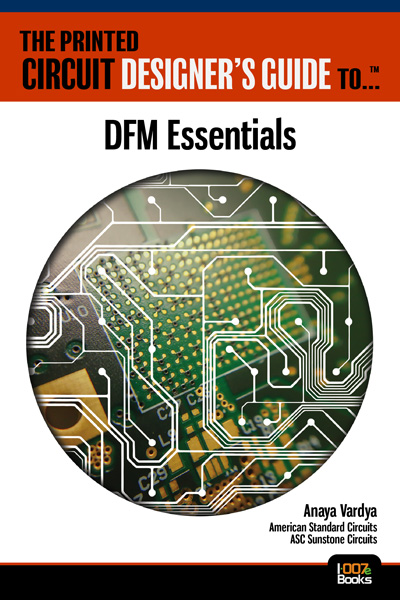-

- News
- Books
Featured Books
- design007 Magazine
Latest Issues
Current Issue
Power Integrity
Current power demands are increasing, especially with AI, 5G, and EV chips. This month, our experts share “watt’s up” with power integrity, from planning and layout through measurement and manufacturing.

Signal Integrity
If you don’t have signal integrity problems now, you will eventually. This month, our expert contributors share a variety of SI techniques that can help designers avoid ground bounce, crosstalk, parasitic issues, and much more.

Proper Floor Planning
Floor planning decisions can make or break performance, manufacturability, and timelines. This month’s contributors weigh in with their best practices for proper floor planning and specific strategies to get it right.
- Articles
- Columns
- Links
- Media kit
||| MENU - design007 Magazine
Failure Mode: Hole Wall Pullaway
September 16, 2015 | Paul Reid, ConsultantEstimated reading time: 1 minute
Hole wall pullaway (HWPA) is an insidious defect that is not usually a cause of electrical failure. What happens with HWPA is that the copper plating in a plated through-hole (PTH) is pulled away from the dielectric of the drilled hole wall. The hole must not be filled with any sort of a hole fill in order to see HWPA.
There are two distinct types of HWPA: stress-relieving and stress-inducing. In stress-relieving HWPA, the condition appears to distress the PTH, allowing it to survive hundreds or thousands of thermal cycles without failure. In stress-inducing HWPA, the stress appears to greatly increase, causing the PTH to fail in just a few thermal cycles. What we consider a failure is an increase greater than 10% in the overall resistance in the circuit. A crack that partially bridges the copper at the internal interface is enough to cause a failure.
This column is based on my experience in test reliability of interconnect stress test (IST) coupons. I am addressing HWPA that features moderate to severe outgassing. There may be HWPA due to thermal stressing of the board without any significant outgassing, but this type of HWPA is subtle, and it presents as a dark line between the plating and the dielectric of the hole wall. This type of HWPA is rarely detected.
Stress-Relieving HWPA
Stress-relieving is the most common type of HWPA. It appears that the adhesion of copper plating to the dielectric is reduced most likely due to problems with the application of electroless copper plating adhering to the dielectric of the hole wall. At the same time, the adhesion is strong at the copper’s internal interconnection. In fact, experience suggests that the adhesion of the electroless copper is stronger than the copper plating. This process frequently produces strong interconnections to copper inner layers. This condition may result in a hole wall that looks like a stack of forward or backward “Ds” running the length of the hole where the top and the bottom of the “Ds” is at an internal interconnect.
To read this entire article, which appeared in the August 2015 issue of The PCB Design Magazine, click here.
Testimonial
"Advertising in PCB007 Magazine has been a great way to showcase our bare board testers to the right audience. The I-Connect007 team makes the process smooth and professional. We’re proud to be featured in such a trusted publication."
Klaus Koziol - atgSuggested Items
Episode 6 of Ultra HDI Podcast Series Explores Copper-filled Microvias in Advanced PCB Design and Fabrication
10/15/2025 | I-Connect007I-Connect007 has released Episode 6 of its acclaimed On the Line with... American Standard Circuits: Ultra High Density Interconnect (UHDI) podcast series. In this episode, “Copper Filling of Vias,” host Nolan Johnson once again welcomes John Johnson, Director of Quality and Advanced Technology at American Standard Circuits, for a deep dive into the pros and cons of copper plating microvias—from both the fabricator’s and designer’s perspectives.
Nolan’s Notes: Tariffs, Technologies, and Optimization
10/01/2025 | Nolan Johnson -- Column: Nolan's NotesLast month, SMT007 Magazine spotlighted India, and boy, did we pick a good time to do so. Tariff and trade news involving India was breaking like a storm surge. The U.S. tariffs shifted India from one of the most favorable trade agreements to the least favorable. Electronics continue to be exempt for the time being, but lest you think that we’re free and clear because we manufacture electronics, steel and aluminum are specifically called out at the 50% tariff levels.
MacDermid Alpha & Graphic PLC Lead UK’s First Horizontal Electroless Copper Installation
09/30/2025 | MacDermid Alpha & Graphic PLCMacDermid Alpha Electronics Solutions, a leading supplier of integrated materials and chemistries to the electronics industry, is proud to support Graphic PLC, a Somacis company, with the installation of the first horizontal electroless copper metallization process in the UK.
Electrodeposited Copper Foils Market to Grow by $11.7 Billion Over 2025-2032
09/18/2025 | Globe NewswireThe global electrodeposited copper foils market is poised for dynamic growth, driven by the rising adoption in advanced electronics and renewable energy storage solutions.
MacDermid Alpha Showcases Advanced Interconnect Solutions at PCIM Asia 2025
09/18/2025 | MacDermid Alpha Electronics SolutionsMacDermid Alpha Electronic Solutions, a global leader in materials for power electronics and semiconductor assembly, will showcase its latest interconnect innovations in electronic interconnect materials at PCIM Asia 2025, held from September 24 to 26 at the Shanghai New International Expo Centre, Booth N5-E30


